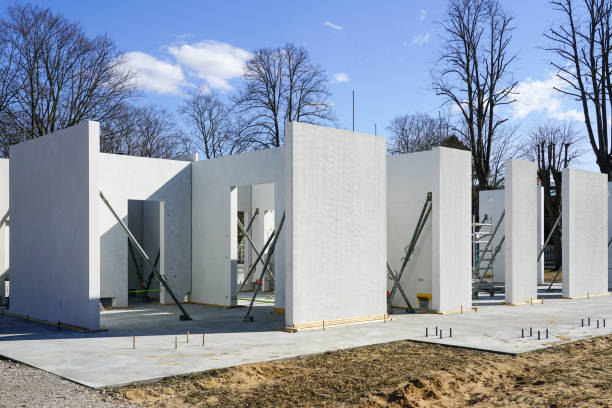The majority of architects today focus only on the design phase of the construction process. The net value of architectural services in a project’s total value is well known to be a very tiny percentage (typically in the single digits), placing architects near the bottom of the financial pyramid in the AEC industry.
However, this increased ambition has brought with it a new set of challenges. Is it possible for architects to cross this gap and compete with experienced developers? Is there a benefit to being a designer when it comes to the details of actually constructing a project?
Let’s look at the primary advantages and disadvantages of architects working as developers.
Pros
1. Architects Understand the Process of Building
Most architects understand what it takes to design and construct a building as a result of their education and experience in the field. They usually have project management experience and are familiar with site and project analysis, construction procedures, obtaining building permits, and budget management.
Architects frequently become experts in other niches in addition to these broad abilities and competencies. Many practicing architects specialize on specific typologies during the course of their careers, which can be a major benefit when it comes to development in these areas.
2. Great Design Increases Market Value
Architects’ expertise can have a substantial impact on a project’s financial bottom line. Sustainable design features, for example, can considerably boost a property’s value.
People are getting more interested in energy efficient or high-performance properties, which is why green design certification programs such as LEED and NGBS can increase a home’s sale price.
Aside from sustainability, competent architects understand how to use designs to produce high-quality environments on a budget.
They can also reconcile profit-making with a longer-term goal for social transformation and improved quality of life. Architects that work in the real estate industry are more inclined to investigate unique and imaginative solutions that conventional developers might overlook or dismiss.
3. Architects Know How Cities Work
Architects are encouraged to conceive in terms of building places rather than separate objects from their environment.
An architect-developer is trained to think about how a project will fit into and interact with its surroundings, assuring long-term benefits for themselves, their clients, and the surrounding communities.
Architects are trained about urbanism and how to spot possible development locations. Property Developers in Melbourne – JK Building & Design sense potential in a vacant property that appears to be worthless to the ordinary eye.
Cons
1. Lack of Business Experience
Many architects can design, sketch, write, read requirements, and supervise construction processes, but they have limited knowledge of real estate financing, feasible cash flow models, or how to evaluate a project from a commercial standpoint.
Large architectural firms limit their employees to the drawing board, with limited on-the-job training in business matters.
Most architects are unaware of the financial and corporate frameworks that come with building properties, in addition to a basic lack of business abilities.
Real estate finance and the criteria used to compute and rate a development, as well as the importance of overhead elements, are equally as significant as building laws, zoning regulations, and programs. The majority of architects have yet to grasp the importance of cost in their designs.
2. Not Being Familiar with Market Trends
Market demand shifts determine which properties will be the most profitable to build. Experienced developers analyze the market to determine whether to focus on apartments, condos, mid-rise, mixed-use structures, or other typologies.
In order to predict the optimal moment for development, buying, and selling, developers must also be able to read real estate trends and cycles. For architects with no prior expertise in property development, this can be a tremendous issue.
3. Getting Caught up in Design
Architects often have a closed mindset, focusing entirely on design, despite their extensive knowledge of the various facets of getting a project done.
They become overly enthralled by the design possibilities and overlook the necessity of the project’s commercial side. In architecture schools, the financial aspect of construction is still largely overlooked.
This attitude is common among architects, given the majority of them work purely as designers.
While they start working on their own projects, they are obliged to be more adaptable and consider a variety of technical, logistical, and budgetary factors when making design decisions. For an architect, this is a difficult pill to take.
The bottom line
Combining design, finance, and marketing talents is no easy feat. Nonetheless, a growing number of architecture firms are expanding their services to include project design, development, and even construction.
Though still in its early stages, this move looks like a part of an emancipatory trend in which architects take control of their careers and assert their rightful role within the industry. However, this increased ambition has brought with it a new set of challenges.






